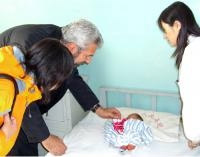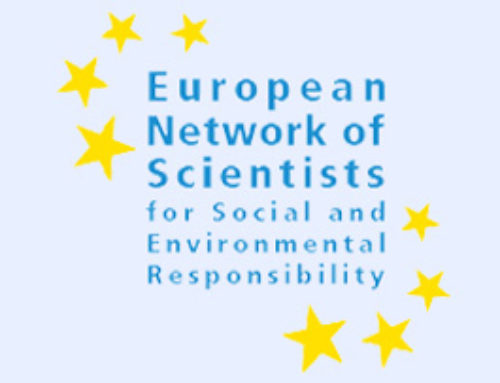 Kathleen Blanchard in EmaxHealth, 22 Oct 2011.
Kathleen Blanchard in EmaxHealth, 22 Oct 2011.
Environmental pollution linked to 450 percent boost in birth defects.
Scientists say environmental pollutants raise the chances of some birth defects as much as 450 percent.
Based on findings from the University of Texas at Austin and Peking University, the researchers suggest autism, may one day prove to be related to environmental pollutants, as well as other congenital conditions.
For the current study, researchers investigated birth defects in Northern China where spina bifida and anencephaly. The investigators looked at placentas of newborns, finding two pesticides in high concentrations – endosulfan and lindane.
Spina bifida is a congenital neural tube defect that results lack of fusion of the spinal cord. Anencephaly is also a neural tube defect that leads to absence of part of the brain. Most infants born with anencephaly die at birth.
Endosulfan, an organochlorine pesticide that is similar to DDT has been used for years in the United States, but it was just last year that the FDA ruled to ban it's use.
Lindane is used to treat lice and scabies and is also an organochlorine pesticide. It is also a neurotoxin. It is still used to treat lice and scabies. Lindane was banned in 2009 for agricultural use.
The researchers also found a strong link between the spina bifida and anencephaly and aromatic hydrocarbons (PAHs), which are released from burning coal and oil.
"Our advanced industrialized societies have unleashed upon us a lot of pollutants," says Richard Finnell, professor of nutritional sciences and director of genomic research at the Dell Children's Medical Center of Central Texas.
We've suspected for a while that some of these pollutants are related to an increase in birth defects, but we haven't always had the evidence to show it. Here we quite clearly showed that the concentration of compounds from pesticides and coal-burning are much higher in the placentas of cases with neural tube defects than in controls."
The study was published in August, in the Proceedings of the National Academy of Sciences.
Birth defects are especially high in China, making it easier for researchers to study the link between pollutants the birth defects. Finnell also notes China's birth records are well tracked.
He says, "It would be much harder to do this study in the United States, where neural tube defects are more rare. It's also an opportunity to assist the Chinese government in their efforts to lower their birth defect rates."
The study found a strong association between birth defects and common pesticides. They also found PAH's in placentas in high concentrations.
"This is a region where they mine and burn a lot of coal," says Finnell. "Many people cook with coal in their homes. The air is often black. You don't need to be a rocket scientist to say that maybe there's something in there that isn't good for babies."
The authors note pollution is higher in China than in the U.S., but comparable to the United States a Century ago.
They say birth defects that are strongly linked to pollutants are not just a Chinese problem. Each year in the U. S. 3000 pregnancy complications occur from neural tube defects. The research suggests there may be other disorder, like autism, that may someday be linked to environmental pollution.





Leave A Comment
You must be logged in to post a comment.